Class 4 Exam > Class 4 Notes > Worksheets with solutions for Class 4 > Worksheet Solutions: Fun with Symmetry
Class 4 Maths Worksheet Solutions Chapter 11 Fun with Symmetry
A. Circle the Symmetrical Numbers:
0 1 2 3 4 5 6 7 8 9
Ans: 
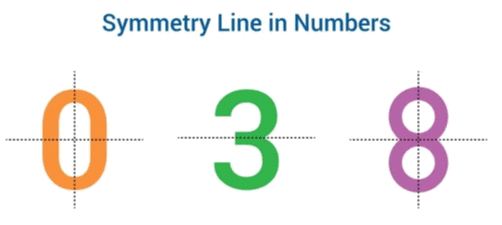
B. Match the following:
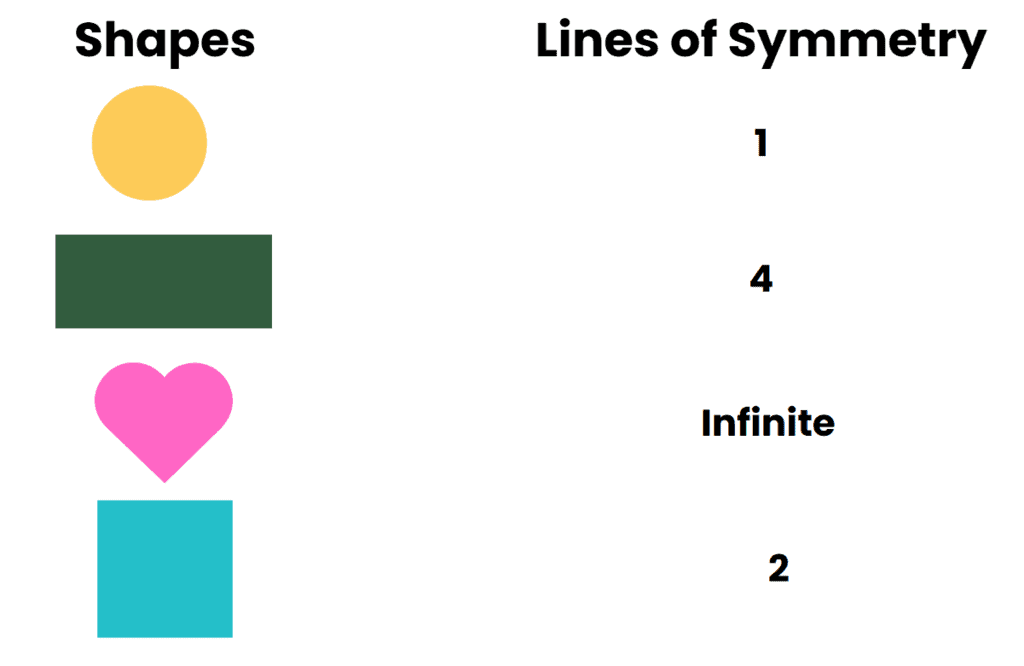
Ans: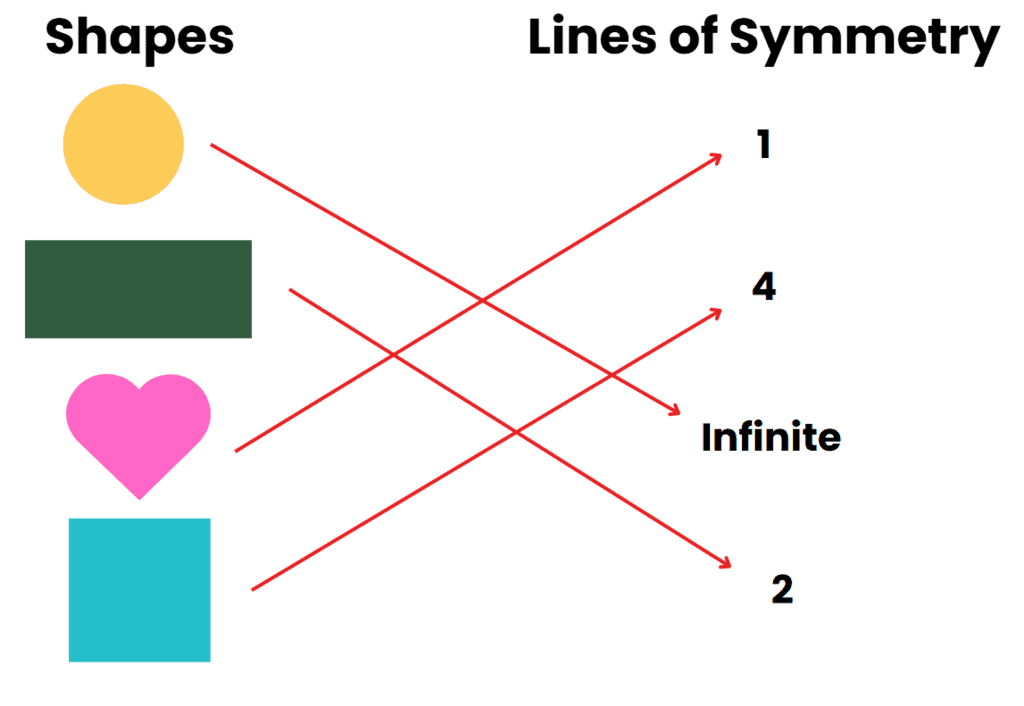
C: Complete the Half
Observe the half-image below. Complete the other half to make it symmetrical.
a)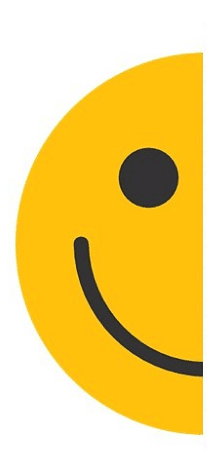
Ans: 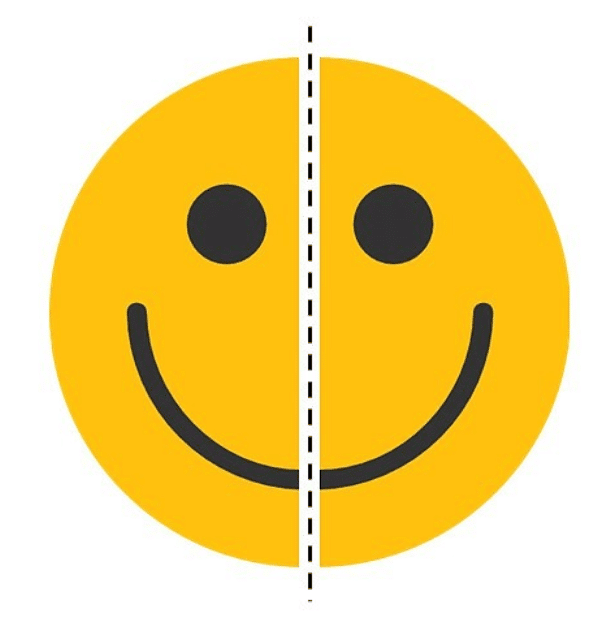
b) 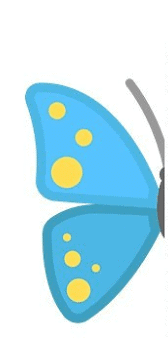
Ans: 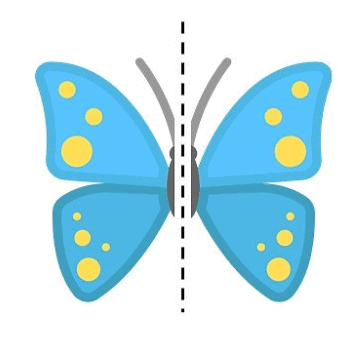
c) 
Ans: 
d) 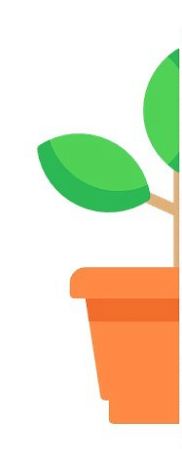
Ans: 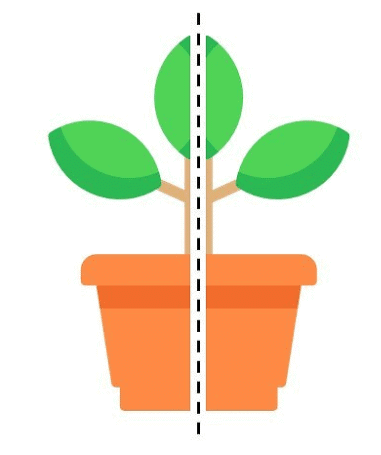
The document Class 4 Maths Worksheet Solutions Chapter 11 Fun with Symmetry is a part of the Class 4 Course Worksheets with solutions for Class 4.
All you need of Class 4 at this link: Class 4
FAQs on Class 4 Maths Worksheet Solutions Chapter 11 Fun with Symmetry
| 1. What are symmetrical numbers? |  |
Ans. Symmetrical numbers are numbers that remain the same when their digits are reversed. For example, 121 and 1331 are symmetrical numbers as they read the same forwards and backwards.
| 2. How can I identify symmetrical numbers in a list? |  |
Ans. To identify symmetrical numbers, examine each number and check if it looks the same when read in reverse. You can write down the number backwards and see if it matches the original.
| 3. Why is symmetry important in mathematics? |  |
Ans. Symmetry is important in mathematics because it helps in understanding patterns, shapes, and structures. It is also a fundamental concept in geometry and can simplify problem-solving.
| 4. Can you provide examples of symmetrical shapes? |  |
Ans. Yes, some examples of symmetrical shapes include squares, circles, and equilateral triangles. These shapes can be divided into equal halves that mirror each other.
| 5. How do symmetrical numbers relate to real-life applications? |  |
Ans. Symmetrical numbers can be found in various real-life applications, such as in architecture, design, and nature. They help create aesthetically pleasing patterns and structures.
Related Searches
















